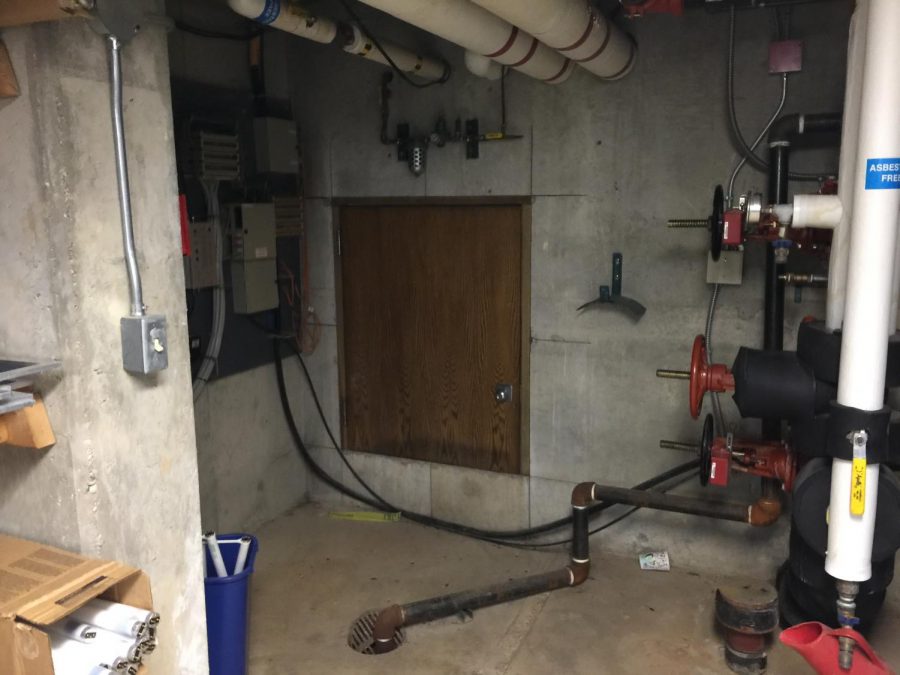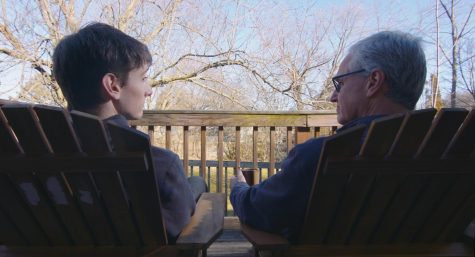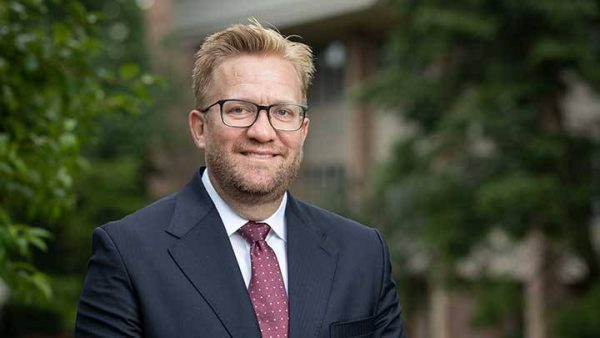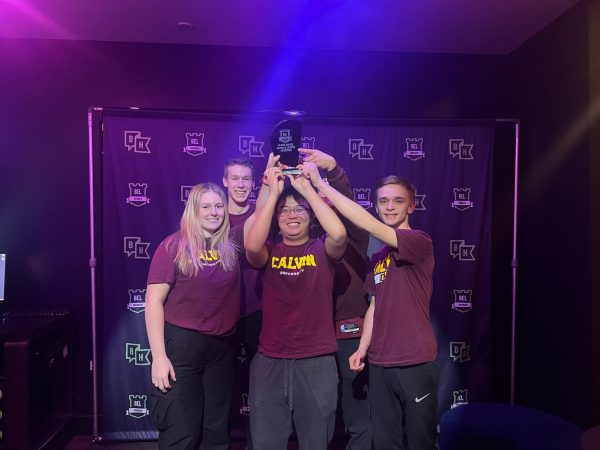The tunnels less traveled
One well-known way to limit exposure to the cold wind on a wintery walk to class is to take the tunnels that run between the Science Building, Spoelhof Center, Hiemenga Hall and the chapel. These tunnels, heated and open to the public, are a readily available choice for travel. Less well-known are the maintenance tunnels that run underneath Calvin’s entire campus, connecting dorms, dining halls and academic buildings.
Samuel Olson, a senior engineering major, has investigated these maintenance tunnels firsthand out of curiosity. In a meeting with Chimes he identified many tunnels that run between dorms, such as a tunnel between Bolt-Heyns-Timmer, Rooks-VanDellen and Schultze-Eldersveld, plus another between Knollcrest Dining Hall and Boer-Bennink. Regarding the academic buildings, Olson identified a tunnel that runs between the Engineering Building and the pool, and another between Hekman Library, Commons Annex and the Covenant Fine Arts Center. He also mentioned a tunnel that runs under East Beltline to the DeVos Communications Center.
Olson alone described these locations; the physical plant chose not to confirm them. The photographs included here capture the entrance to the BB-KHvR tunnel (5) from the mechanical room and the tunnel itself (1, 2, 3). The map (4) displays how these tunnels are connected around campus.
Olson explained that many of these tunnels are identifiable from above ground.
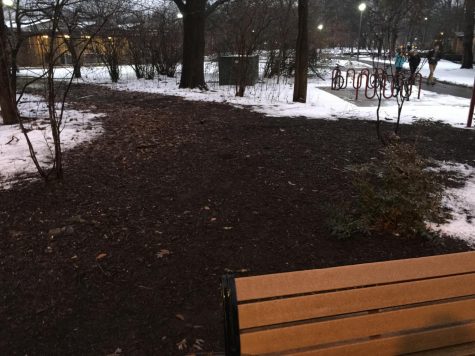
“When you get a layer of light snow, you can see where the tunnels are because that’s where the snow melts first,” he said. A photograph (6) captures this occurrence.
According to the physical plant, these tunnels provide hot water, cold water and steam to the various buildings they are connected with. Olson explained that the heat running through the tunnels melts the snow directly above them, giving away their location.
Referencing the tunnels that are connected to dorms, Olson explained that there is a seal at the junction of the tunnel and building.
“It’s cemented where the tunnel is so you can’t get into the rest of the building,” he said.
The physical plant discourages students and anyone without proper training from entering these tunnels due to hazardous temperatures and confining spaces. Maintenance personnel who enter the tunnels have received training and safety checks.





